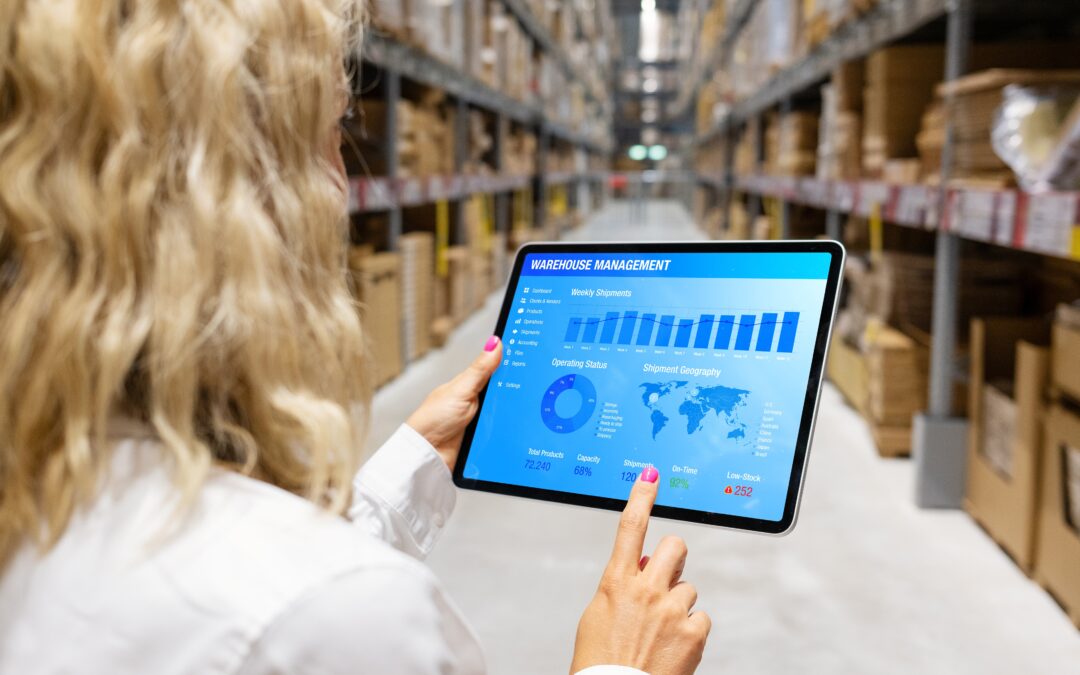COVID has taught the management of more than one company. Silvia Švejcarová, an expert in supply chain management and currently interim manager of BM4U, was given a difficult task during the transition to a new ERP system – to stabilise the planning and operational purchasing department at NORMA Czech, s.r.o. What challenges did she face? What measures did she introduce during the stabilisation process? Find out in the following interview.
Silvia, just to give us an idea, can you describe the situation in NORMA Czech at the time?
The entire NORMA Group faced similar challenges in 2022 – stabilising material supply during the ongoing coronavirus pandemic and, of course, the pressure to deliver orders ‘just in time’. The Czech plant, which was primarily a supplier for the automotive industry, had other goals ahead of it, specifically a transition to a new ERP system and the transfer of production from a closed plant in Germany.
It should be added that epidemiological measures were in force at the time – respirators had to be worn and employees had to be tested. Within companies the measures could further be seen in the rotation of staff to working from home and possible quarantines. This complicated ordinary operations.
You joined the project as Head of Planning and Purchasing. What was waiting for you in the first weeks?
The first step was a thorough analysis of the current state and needs of the department. This was followed by prioritisation and the introduction of new processes. We are talking about, for example, the implementation of an escalation matrix, the introduction of production and material prioritisation and a comprehensive view of the supply chain. We also set up a regular baseline report from the current ERP to get an overview of production needs. There was also training of employees / individual departments on the continuity of processes in the supply chain.
The company needed to set up roles, responsibilities and competencies across departments so that individuals could understand the individual matrices and communicate risks associated with material supply and potential production risks in a timely and correct manner. As part of communication, regular meetings had to be held to ensure timely escalation. The automotive segment is known for its emphasis on the JIT (just in time) and kanban methods. In practice, this means addressing a problem before it can even occur and jeopardise supply.
What specific measures have you had to introduce in the company?
As part of cost-saving measures, the company has been under pressure to reduce inventories and prices. So we had to negotiate new agreements with suppliers. Initially advantageous contracts for 3-5 years proved to be extremely unprofitable in the COVID era and the stagnating steel market. At the same time, a series of negotiations were held regarding delivery conditions and minimum quantities for ordering. The process of ordering transport also changed. For critical materials, where possible, we negotiated delivery terms (Incoterms) from DAP/DPP to EXW, which allowed for more flexible transport planning according to our company’s requirements rather than the supplier’s needs. EXW can also be a useful tool for controlling transport costs.
Under my leadership the department has shifted to ordering and scheduling transport on a weekly basis. The on-time delivery KPI has risen to 81% from the initial 46% during my tenure. The measure also had a positive impact on the department’s savings – the consolidation of transport brought savings of CZK 3.21 million.
How did the process changes affect the newly implemented ERP?
Process changes, organisation and overall optimisation were transferred to the new ERP system. As part of the stabilisation project, process maps were created and escalation matrices and substitutability matrices were introduced. An important outcome was support of communication between planning and purchasing across the company. Transparency has become part of the daily agenda.
What do you take away from this project?
In recent years the supply chain has faced a variety of challenges: the COVID pandemic, the blocked Suez Canal, the energy crisis and a scarcity of precious metals. In a normal and properly set-up supply chain, problems are resolved through escalation matrices, alternative suppliers, etc. In a company where processes are not standardised, such challenges bring many short-term and often, unfortunately, inefficient solutions. The key to success is to regularly reassess or internally audit the status of the supply chain. All past crises help us to manage future ones effectively, to identify weaknesses and work on them.
Each chain is specific and changes over time. Today, we can benefit from maximum flexibility (EXW, short delivery times without the need for framework orders), but in six months’ time, the biggest advantage may be stabilisation and standardisation (e.g. the most accurate order outlook and follow-up orders with suppliers even a year in advance). The key to success is not being afraid of change, being able to look at a process that looks fine from the outside, and also listening to people who are struggling. There you can learn things that you won’t see in ERP and analyses.

